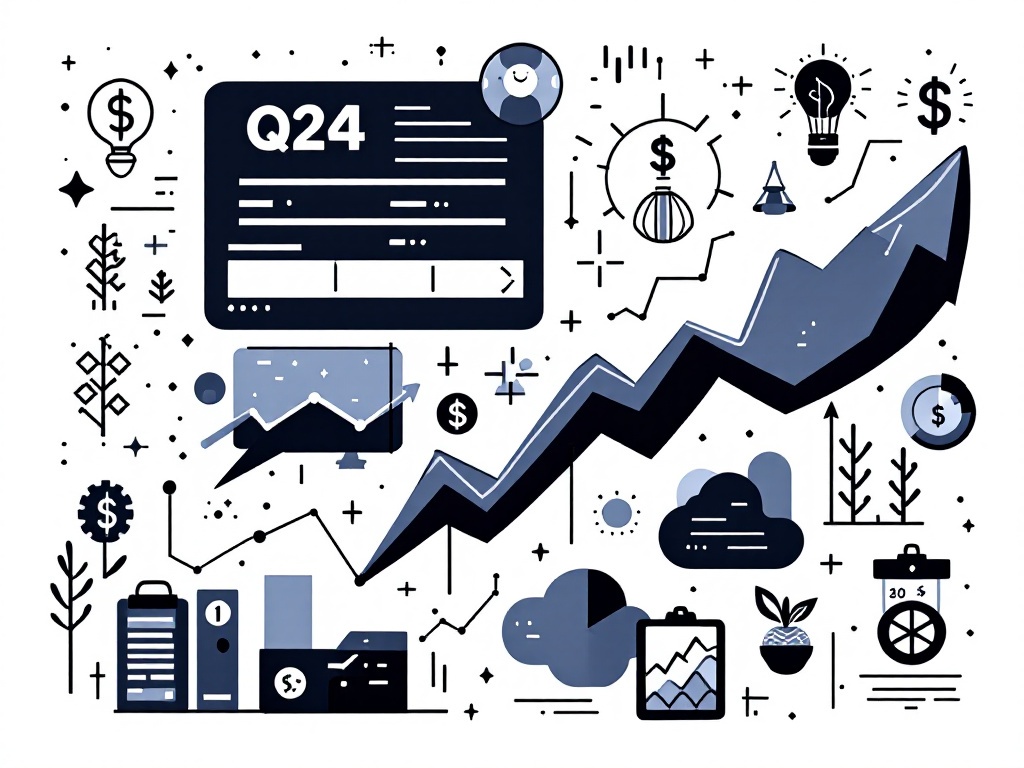U.S. Economic Growth Slows to 2.3% in Q4 2024 Despite Strong Consumer Spending

Washington D.C., Friday, 31 January 2025.
The U.S. economy grew at an annual rate of 2.3% in Q4 2024, driven by a 4.2% increase in consumer spending, despite lower-than-expected growth forecasts and declining business investments due to Boeing strikes.
Economic Performance Analysis
The U.S. Commerce Department’s latest report reveals a moderation in economic growth from 3.1% in Q3 to 2.3% in Q4 2024 [1][2]. This marks the 11th consecutive quarter of expansion [3], though falling short of economists’ forecasts of 2.5% [2]. The full-year GDP growth for 2024 settled at 2.8%, showing a slight decline from 2.9% in 2023 [2]. Consumer spending, which accounts for approximately two-thirds of economic activity, demonstrated remarkable resilience with a 4.2% increase [1][2].
Key Growth Drivers and Challenges
Government spending contributed positively to growth, accelerating at a 3.2% pace [2]. However, private investment experienced a significant decline of 5.6%, detracting over one percentage point from GDP growth [2]. A notable factor in this decline was the inventory drawdown, which alone subtracted 1.03 percentage points from the quarter’s growth [3]. The trade sector showed mixed results, with both imports and exports declining by 0.8%, resulting in a relatively neutral impact on overall growth [2].
Labor Market Strength
The labor market continues to demonstrate robust health, with initial unemployment claims for the week ending January 25, 2025, totaling 207,000, a decrease of 16,000 from the previous week and notably below the forecast of 228,000 [2]. Continuing claims also showed improvement, falling by 42,000 to 1.86 million [2], indicating sustained labor market strength that supports consumer spending capacity.
Future Outlook and Monetary Policy
Looking ahead, the International Monetary Fund projects U.S. GDP growth of 2.7% for 2025, positioning the U.S. as the fastest-growing advanced economy worldwide [3]. Federal Reserve Chair Jerome Powell has indicated a patient stance on monetary policy, stating he is ‘in no hurry to ease’ interest rates [2]. This comes after the Fed implemented a full percentage point reduction in interest rates during the last four months of 2024 [2][5], with the central bank maintaining a cautious approach amid ongoing economic uncertainty [5].